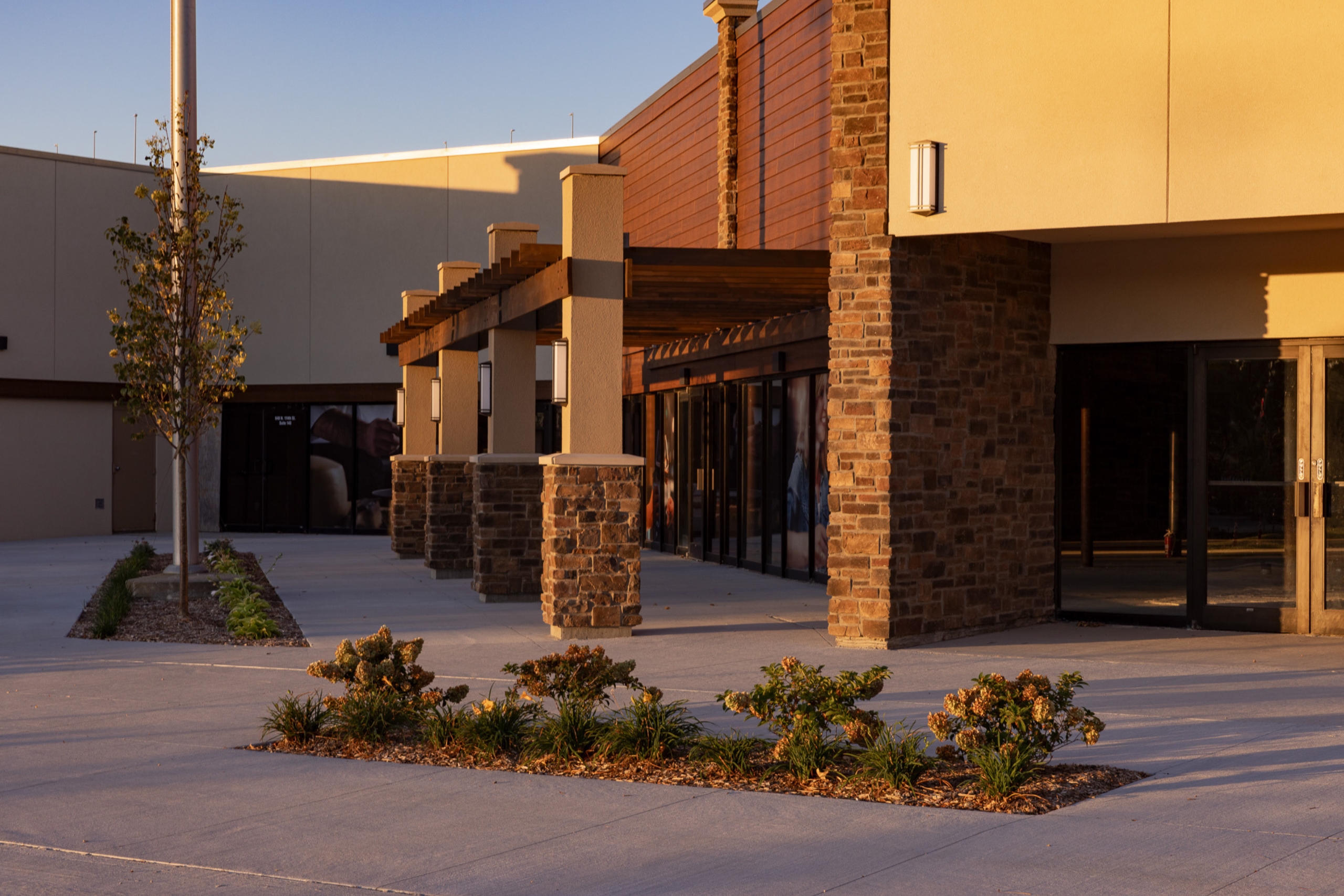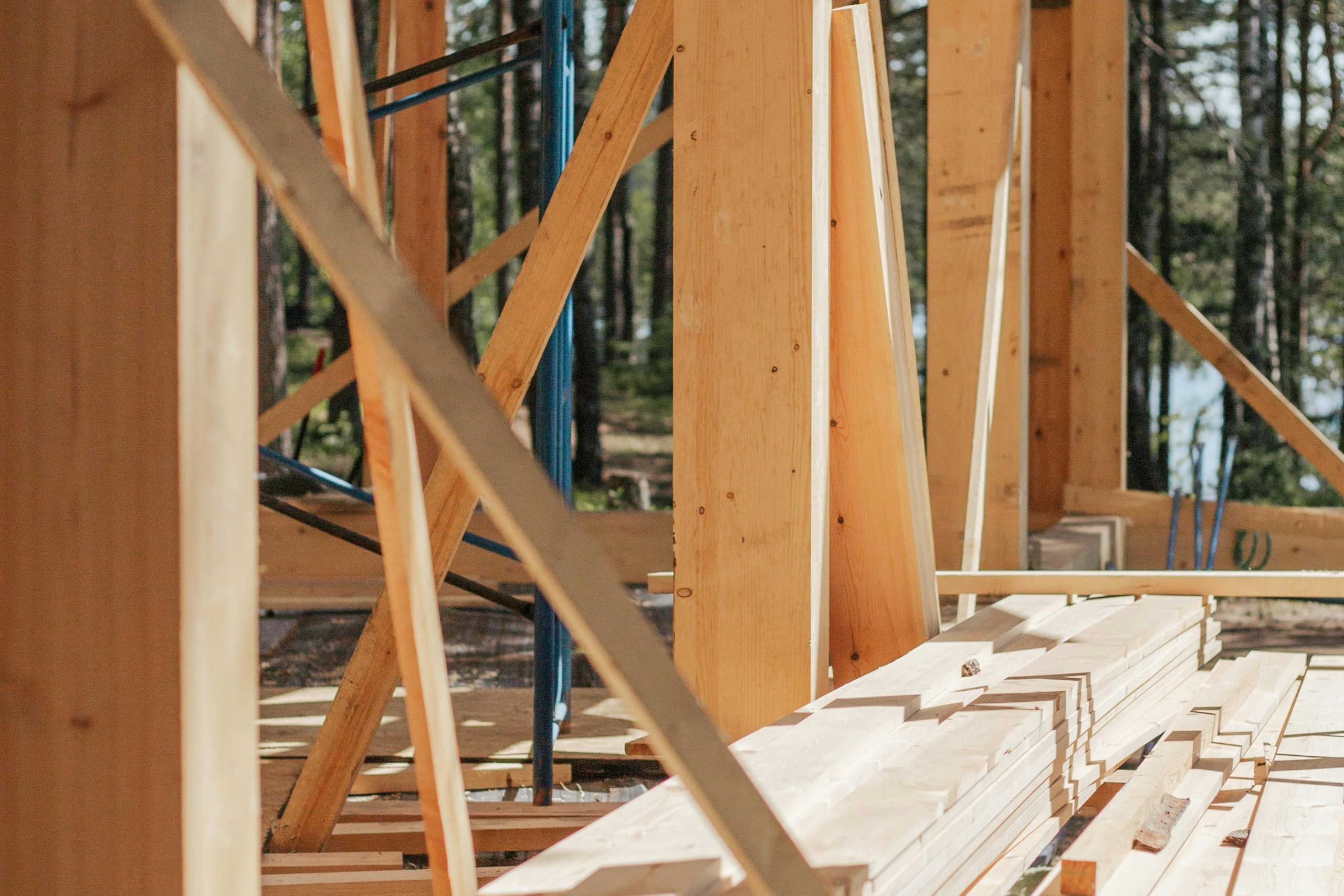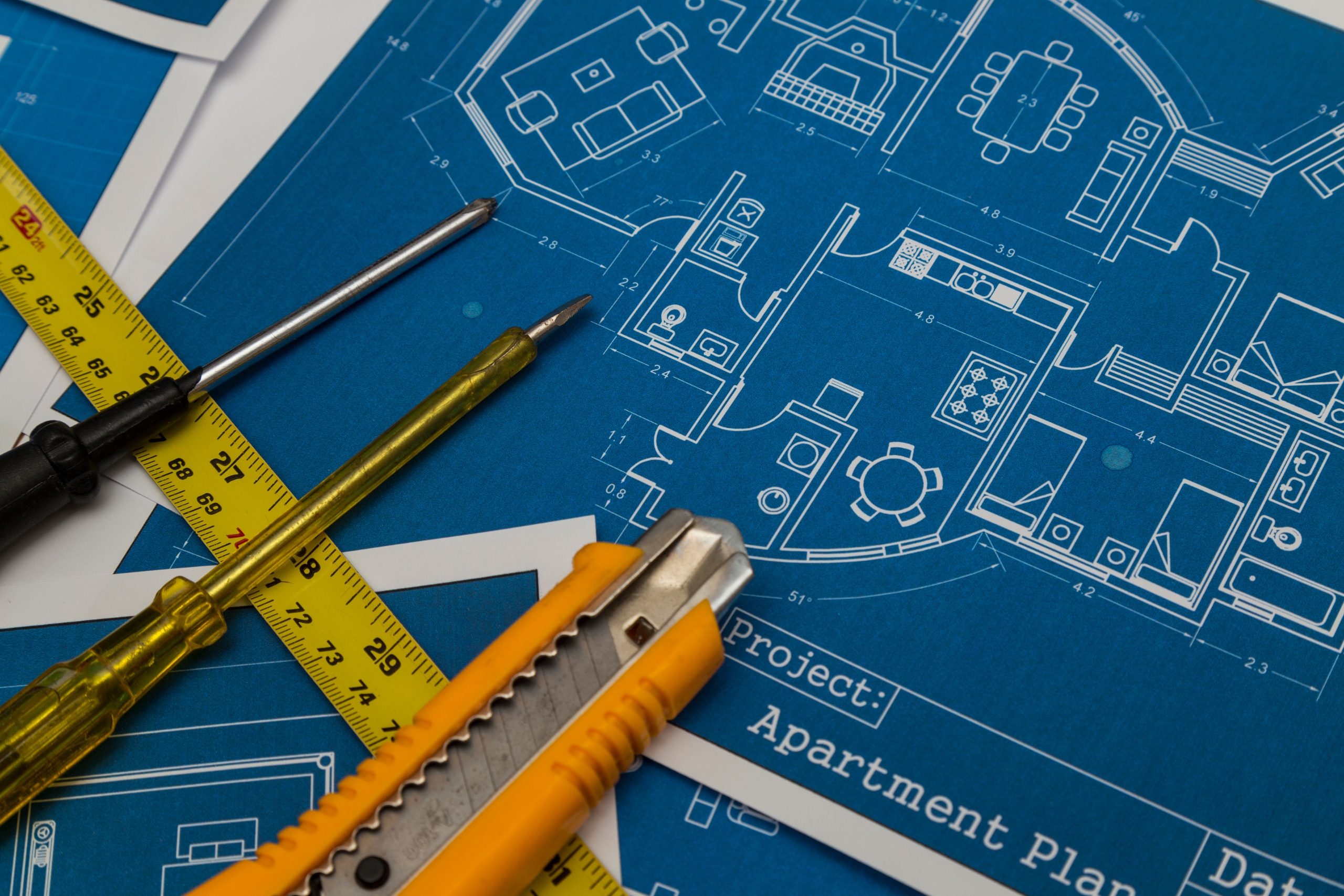Building educational facilities in Omaha is no small feat. These projects are essential for providing students with spaces conducive to learning and growth. As Omaha continues to expand, the demand for modernized educational buildings that can accommodate today’s tech-driven and environmentally conscious world becomes increasingly pronounced. This demand isn’t just about added capacity; it’s about creating spaces that evolve with educational needs and technological advancements, ensuring students have the best learning environments possible.
Omaha’s educational needs reflect a broader trend of growth in the city, with more families establishing roots here and schools serving as vital community hubs. Each project requires strategic planning, from choosing the right site to integrating the latest classroom technology. This multifaceted effort ensures that schools not only meet contemporary educational standards but also foster a pleasant and effective learning atmosphere. As we delve deeper into the nuances of these construction projects, the challenges and strategies involved become clearer.
The Unique Challenges of Educational Facility Construction in Omaha
Constructing educational facilities in Omaha presents unique challenges that differ from other types of construction projects. First and foremost, Omaha’s weather can be unpredictable, presenting a real hurdle for maintaining construction timelines. Harsh winters and wet springs can delay work, making project management a pivotal aspect of successful construction. Preparing for these weather challenges is essential to keeping the schedule on track, ensuring that students have access to updated facilities by the start of the academic year.
Regulatory and compliance standards are another layer of complexity. Omaha has specific requirements that builders must follow, from zoning laws to building codes. These regulations are designed to ensure safety and accessibility within educational environments. It requires careful attention and collaboration with local authorities to meet these standards, avoiding setbacks in the project’s approval and construction phases.
Community involvement is also a crucial aspect of these projects. Schools play a significant role in the community, meaning that stakeholder engagement is key. Parents, teachers, and local residents offer valuable insights and feedback that can shape the design and functionality of a facility. Building a school isn’t just about the physical structure; it’s about crafting a space that reflects the community’s values and educational aspirations. By involving these stakeholders early on, projects are more likely to succeed both functionally and socially.
Navigating these challenges is vital for the smooth construction of educational facilities. Anticipating weather impacts, adhering to regulatory standards, and engaging with the community are steps not to be overlooked. Each element contributes to ensuring that the finished product is a safe, welcoming, and effective learning environment for Omaha’s students.
Key Steps in Planning Educational Facility Construction
Creating an efficient and effective educational facility begins with thorough planning. The first step is choosing the right location. Site selection is crucial because it affects everything from transportation access to future expansions. In Omaha, considering proximity to neighborhoods and ease of access for students and teachers is essential. Assessments of the land to understand any environmental or structural challenges help prevent surprises later on.
Once a site is selected, securing the necessary funding is next. Developing a realistic budget ensures that financial resources align with the project’s scale and requirements. This process often involves exploring various funding options, from local bond measures to state grants. Accurate budget planning helps in identifying the scope of the project, including construction costs, technology needs, and maintenance expenses.
Architectural design plays a key role in how effective a learning environment will be. It’s about designing spaces that are not just functional but also inspire creativity and collaboration among students. Schools today may need to include flexible classrooms to support different learning styles, so thinking about how space is used and can be adapted over time is important.
Importance of Modern Technology and Sustainable Practices
Adopting modern technology and sustainable building practices is at the heart of new educational facilities. Integrating smart classroom technology enhances the learning experience by supporting interactive teaching methods. Teachers benefit from tools that can help bring lessons to life, while students gain from more engaging and accessible learning platforms.
Sustainability also means choosing materials and designs that have a low environmental impact. Incorporating energy-efficient systems like advanced HVAC, LED lighting, and water-saving fixtures reduces operational costs and supports a school’s commitment to green practices. Using durable and sustainable materials ensures that the facility can withstand the test of time, minimizing the need for frequent repairs.
Finally, maintaining these modern facilities efficiently requires planning today’s needs and future-proofing the structure for tomorrow’s demands. It’s about balancing current technology with the potential for future technological advances. Preparing for these incremental upgrades ensures that Omaha’s schools remain cutting-edge and vibrant educational spaces.
Choosing the Right Construction Partner
Selecting the right partner is fundamental to the success of these projects. A top-notch construction firm brings a wealth of experience and understanding of what works best for educational facilities. It’s important to look for specific qualities, such as strong project management skills, an excellent safety record, and an understanding of local regulations.
Construction management teams play a crucial role in keeping the project on track. They handle everything from coordinating subcontractors to ensuring that work meets the required standards and timelines. Having a dedicated team that understands the unique needs of an educational facility is invaluable. With experienced educators on board, the balance between functionality and innovation can be achieved seamlessly.
By collaborating with the right partner, schools can ensure that every aspect of their new or renovated facility meets the intended objectives. This teamwork is the foundation for building schools that serve their communities for generations.
Building the Future of Education in Omaha
In Omaha, well-planned educational facilities are a cornerstone of community development and student success. They represent investments in not just the physical infrastructure but in the very future of education in the city. As these projects come to fruition, they offer students streamlined, technology-driven spaces that encourage both learning and personal growth.
Engaging with a trusted construction team allows for smooth navigation through the complexities of such projects. It’s about crafting learning environments that are safe, sustainable, and equipped to handle the educational needs of future generations. As Omaha anticipates more growth, the educational facilities built today will pave the way for a brighter academic landscape tomorrow.
Building or renovating educational spaces in Omaha is a significant undertaking, requiring expert insight and a reliable partner. If you’re considering educational facility construction in Omaha, connect with PC Construction. Our team is ready to guide you through every step of the process, ensuring your project’s success and future-readiness. For more information, reach out to us today.




